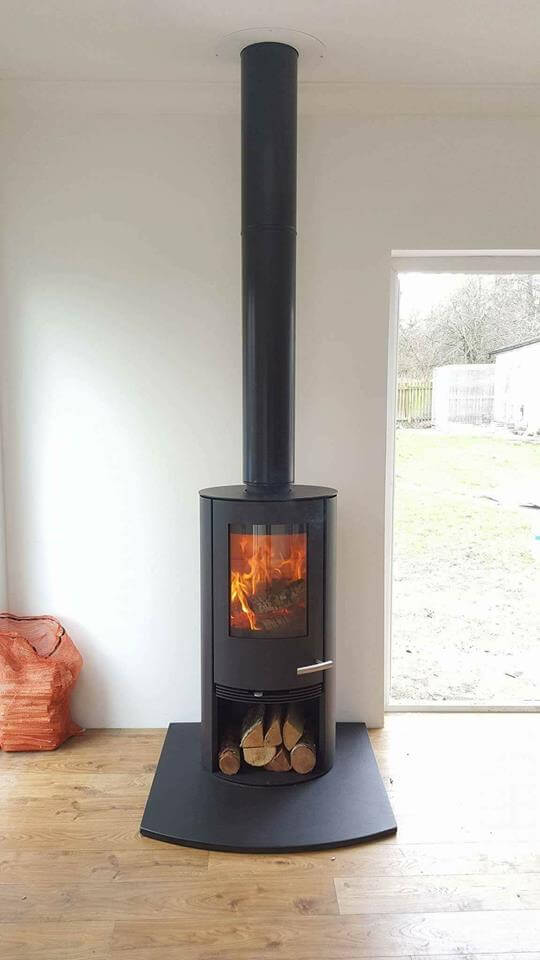Installing a brand new cooking range in your kitchen can be an exciting yet challenging process for any property owner. With so many options on the market, such as natural gas and electricity-powered models, it's crucial to understand the details involved in a smooth installation. Whether you're upgrading to improve your gastronomic satisfaction or merely replacing an outdated appliance, managing the details can make all the difference.
In this thorough guide, we will detail all you need to learn about stove installation. From initial preparations and safety tips to spotting common mistakes, our checklist will serve as your roadmap to ensure a smooth and effective installation process. We'll cover the multiple types of stoves, necessary adjustments, and key safety standards, enabling you to be well-informed as you embark on this home improvement project.
Grasping Stove Types and Installation Basics
In the realm of choosing a stove for your kitchen, understanding the various types is essential. The two primary categories are gas and electric stoves, both having unique benefits and considerations. Gas stoves often offer immediate heat and exact temperature control, which renders them a favorite among gas enthusiasts. Electric stoves, conversely, deliver consistent cooking temperatures and can be easier to clean due to their clean finishes. Induction cooktops, a variation of electric stoves, use electromagnetic energy to heat pots and pans efficiently, making them highly effective and secure.
Preparing for a stove installation requires careful planning of both the type of stove chosen and your kitchen's layout. Homeowners must assess their present kitchen setup to decide whether an upgrade to the gas line or electrical system is necessary. Protection is also a critical concern, notably with gas stove installations. Making sure proper ventilation and adherence with local codes is vital to prevent potential dangers like gas leaks or subpar air quality.
Prior to proceeding with the installation, it's crucial to comprehend the steps involved. This includes selecting the right spot for the stove, checking that there is proper clearance around it, and checking that the necessary utilities are accessible. Regardless of choosing a gas or electric stove, hiring a skilled expert for installation is often recommended. They can offer valuable insights into best safety practices and local regulations, helping to staving off common mistakes that could jeopardize both operation and security.
Security Factors for Hob Installation
In the process of installing a cooking appliance, safety should consistently be the primary concern. For gas stoves, providing adequate airflow is vital to stop the buildup of harmful gases. It is necessary to verify that the ventilation system is working correctly and conforms with area codes. Property owners should likewise be aware of the necessity of carbon monoxide detectors in nearness to natural gas appliances, as these can notify you to potential releases or hazardous conditions.
An additional vital safety factor involves the setup process itself. Regardless of whether you're opting for a gas or electric stove, adhering to the producer's instructions is crucial. This includes knowing the proper electrical requirements for electrical stoves and confirming that suitable gas line connections and joins are utilized for natural gas stoves. https://castaneda-filtenborg-3.blogbright.net/the-cost-of-stove-installation-reasons-why-it-is-worthwhile-to-hire-a-qualified-expert during the setup can lead to unsafe situations, such as overloading of circuits or gas escapes, which can create significant risks to your house and loved ones.

In conclusion, after setup, it is crucial to verify for sufficient room around the stove to make sure that there is adequate space for safe use and upkeep. This includes avoiding flammable materials near the heat source and ensuring that the cooking appliance is positioned safely. Frequent inspections examinations are necessary to address all issues quickly, such as gas pipeline inspections or electrical functionality tests, which help to make certain your stove functions effectively and efficiently for an extended period to come.
Upgrading and Looking After Your Cooktop
Enhancing your cooktop can substantially boost your cooking experience and increase energy efficiency in your kitchen. When considering an improvement, evaluate your cooking habits and the functions you want. For instance, if you often make gourmet meals, spending in a top-notch gas or induction stove may be a good idea. Additionally, ensure that your kitchen’s layout and infrastructure can handle the new model, as larger or differently configured stoves may need modifications to the existing space.
Regular maintenance is crucial to keeping your cooktop in peak condition. For gas stoves, periodic checks for gas leaks and confirming that burners are well-maintained and functioning efficiently are important safety measures. Electric stoves should have their heating elements checked for wear and tear. Basic tasks like cleaning surfaces, checking for correct leveling, and ensuring that there is sufficient ventilation will extend the life of your appliance and sustain performance.
Finally, be proactive about identifying typical issues that may happen. If you notice that your gas stove isn’t igniting or an electric stove isn’t heating correctly, these problems could be related to setup or need professional assistance. Keeping a list of maintenance tasks and when to plan for professional inspections can help you prevent unexpected failures, ensuring your kitchen remains a working and pleasant space.
